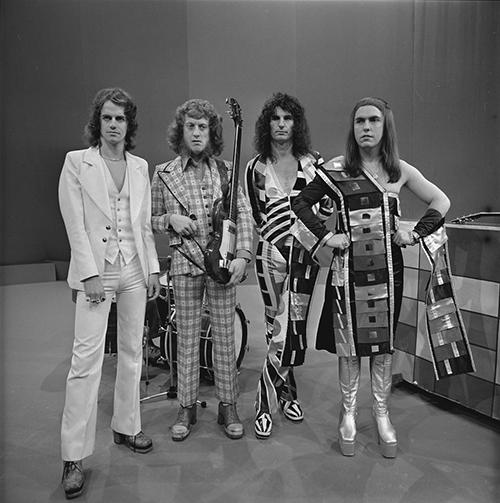Yesterday, Jeff reviewed the stated purposes of Oregon’s Liquor Control Act of 1934 as part of an exploration of the regulation of strong drink in his state. Lew has been writing along a similar line for some time on his separate blog Why The PLCB Should Be Abolished. Cass has been running a similar campaign here in Ontario at FreeOurBeer.ca. I like these campaigns as anyone should who lives in a jurisdiction with a sensory lab. It is, after all, just beer.
But one of the odder things about the good beer discussion is sometimes a bit of pressure to sing of the same song sheet. When I posed a category titled “Beer Bloggers Against Drunk Driving” there is a bit of a chilly response, the idea that one ought not to introduce anything negative into the conversation. One should not have a strong opposite view that asks why good beer might be a wee bit obsessively too central to the world view of those who write about it. It is, after all, a drug.
All that comes to mind for me when I look at the values Oregonianites captured in that law of 1934, we see words that sit in a middle ground, that challenge me to ask how I think about them now almost 80 years later:
(a) To prevent the recurrence of abuses associated with saloons or resorts for the consumption of alcoholic beverages.
(b) To eliminate the evils of unlicensed and unlawful manufacture, selling and disposing of such beverages and to promote temperance in the use and consumption of alcoholic beverages.
(c) To protect the safety, welfare, health, peace and morals of the people of the state.
I have been thinking about words like these a bit lately. They don’t seem to me as bad as the discussion might have led us to believe. In the comments following his post, Jeff raised the spectre of that darling of pre-WWI American prohibitionists, Carrie Nation. I noted that Carrie Nation was not a proponent of temperance but of abstinence. See, my point is that preventing abuse, promoting temperance as well as protecting peace and morals is pretty much what much of western culture wants when it goes to work or mows the front lawn or sends the kids to school. Which may mean we have to consider that in the end maybe temperance won and much of western culture is the better for it. None one advocates for abuse, intemperance, peacelessness and immorality. Of course not, no more than you would support other scourges of 1800s life like child labour or lack of public health. We underestimate or dismiss how more widespread and heavier drinking was then compared to now and how it may have come smashing into conflict with industrialized urban life.
So, is good beer the natural descendant of the temperance movement? Just as lower alcohol lager was presented as a temperance drink in the latter 1800s, is tastier beer now conveying the notion that mass produced beer need not be mass consumed? This is not to say that the liquor control boards should not be undone. I want to buy my beer in cornerstores and gas stations in Ontario like I can in nearby Quebec and New York. But should we reject all? What values can you not support? What regulations would you keep?



